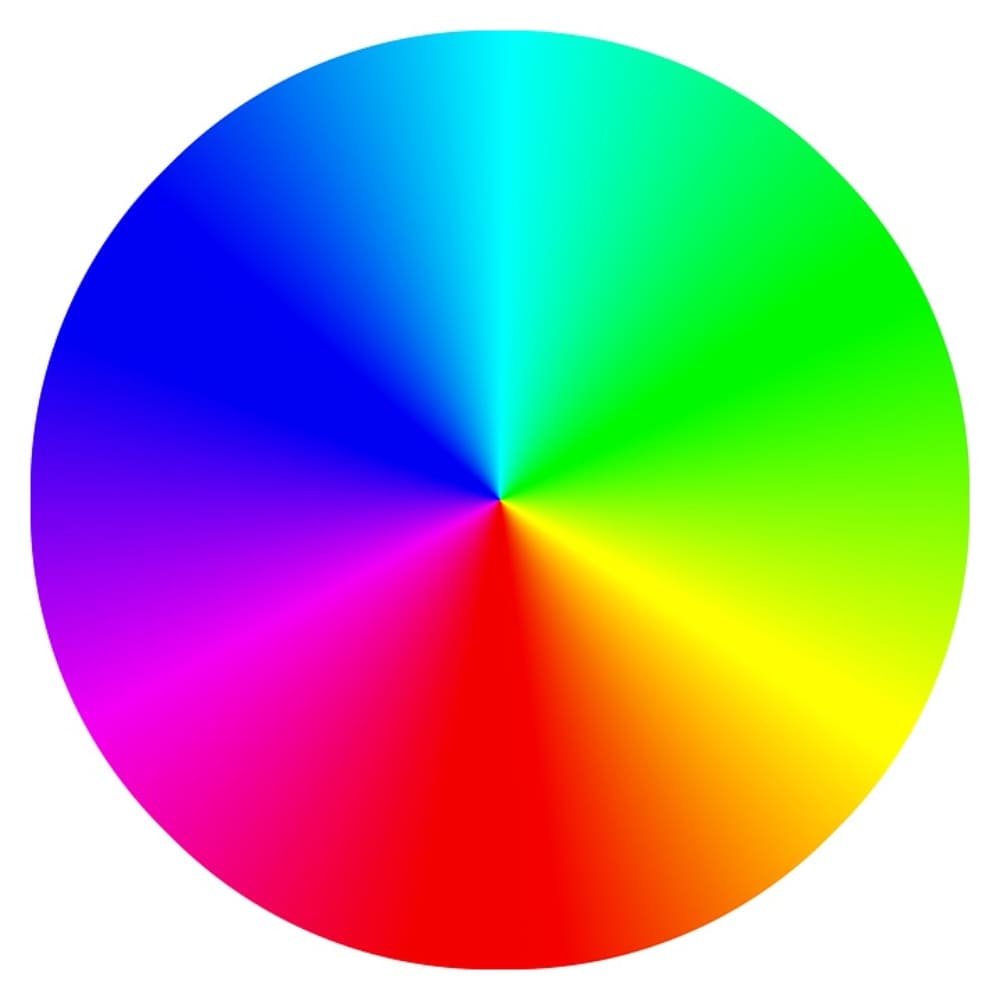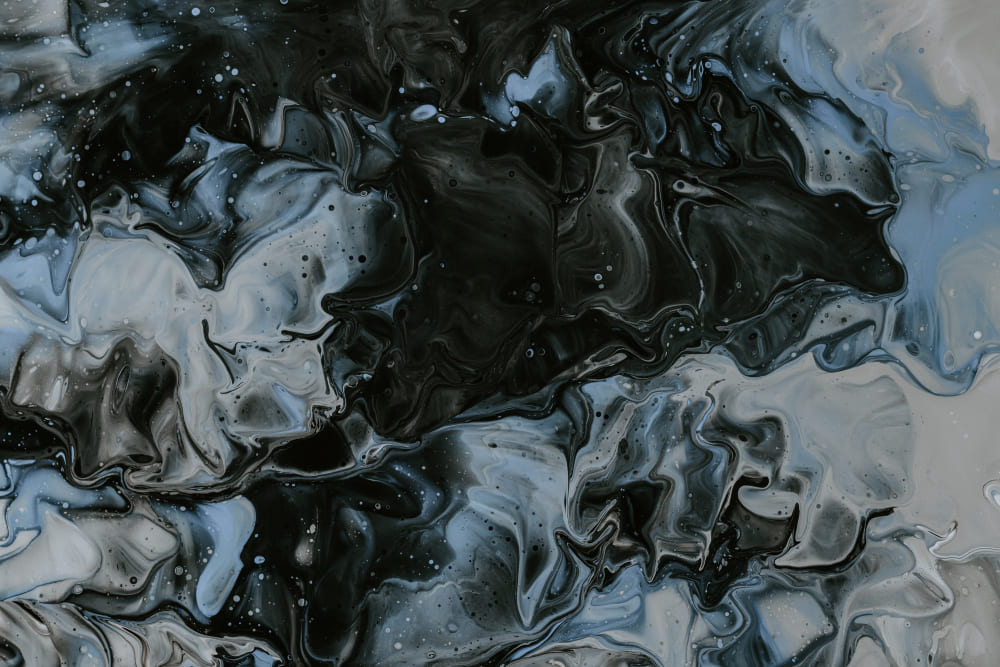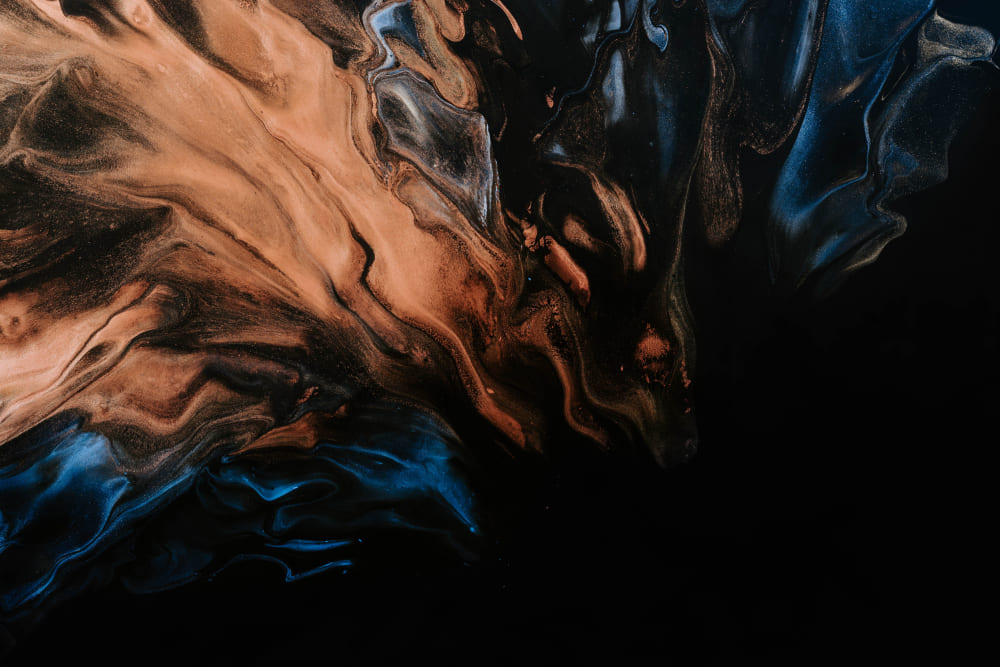The Great Debate: Is Black a Color or Not?
Picture this: you're in an art class, and your teacher asks you to hand over your black paint. But wait a minute, is black even a color? Or is it just the absence of light and color, like a weird colorless void? Is black a color or a shade? Fear not, we're here to clear up the confusion once and for all!
In this article, we'll dive into the debate over whether black is a color or not. So grab your paintbrush and let's get to the bottom of this colorful conundrum!

In this article, you will learn:
- The Science of Color and Light: A Fun and Easy Guide
- Color: What It Is and What It Isn't
- Why Black Is Considered a Color?
- Why Black Isn't Considered a Color?
- Final Thoughts: The Debate Continues
The Science of Color and Light: A Fun and Easy Guide
Color and light are fascinating topics that have intrigued scientists, artists, and everyday people for centuries. But what exactly are color and light, and how do they work?
In this section, we'll take a fun and easy dive into the science of color and light, exploring how we see color and the role of light in color perception, the color spectrum, and how black and white fit into the mix.
1. The Concepts of Color and Light
Color is a visual perception that is created in our brains when light of different wavelengths enters our eyes. Light is a form of electromagnetic radiation that travels in waves and can be seen in different colors depending on its wavelength.

2. How We See Color and the Role of Light in Color Perception
Our eyes contain special cells called cones that are sensitive to different types of light: red, green, and blue. These cones work together to create the perception of different colors. When we see an object, it reflects or absorbs certain wavelengths of light, which are then perceived by our cones as different colors.
3. What Is the Color Spectrum and How Different Colors Are Created
The color spectrum is the range of colors that can be seen by the human eye. It includes all the colors of the rainbow: red, orange, yellow, green, blue, indigo, and violet. But did you know that by mixing different colors together, we can create even more colors?
For example, mixing red and blue creates purple, while mixing red and yellow creates orange. This is because different colors have different wavelengths of light that combine to create new colors.
Here is a YouTube science video of color and light:
4. How Black and White Fit Into the Color Spectrum
Black and white are often seen as opposites, but they actually play an important role in the color spectrum. Black is the absence of all colors, while white is the presence of all colors. This means that when all the colors of the spectrum are combined, we see white, while the absence of all colors is black.
It's also worth noting that black and white can be used to create different shades and tones of other colors, making them important tools for artists and designers.

The Color Spectrum
Color: What It Is and What It Isn't
Color is a term that we use to describe the world around us, from the colors of the sky to the colors of our clothes. But what exactly is color, and how do we define it? In this section, we'll explore the different definitions of color and how black fits into the mix.
1. Different Definitions of "Color"
Color can be defined in many different ways, depending on the context and field of study.
- In physics, color is defined as a property of light that is determined by its wavelength.
- In art, color is defined as a visual property that is created by the reflection or absorption of light.
- In psychology, color is defined as a perception that is created in the brain when light of different wavelengths enters the eyes.
These different definitions show how color can be studied and understood from different perspectives.
2. How Black Fits Into These Definitions
Black is an interesting case when it comes to the definition of color. Some argue that black is not a color at all, but rather the absence of color or light. However, black can also be considered a color in certain contexts:
- In art, black is often used to create contrast and depth in composition.
- In design, black is used to convey a sense of sophistication and elegance.
- In fashion, black is a staple color that is often associated with formality and timelessness.
So, is black a color or not? It depends on who you ask and in what context.
From a physics perspective, black is the absence of light and therefore not a color. However, from an artistic or design perspective, black can be considered a color due to its visual properties and the way it is used to create contrast and convey meaning.

Why Black Is Considered a Color?
Black is a color that has been debated for centuries. Is it really a color, or is it just the absence of it?
Black may seem like the absence of color, but it is actually color in its own right. It has a specific wavelength that can be measured, just like any other color.
Additionally, black can be created through the absorption of all colors, rather than the absence of color.
In art and design, black is often used to create contrast, depth, and emotion. It can be used to evoke a sense of mystery, sophistication, or even rebellion.
1. Examples of How Black Is Used in Art and Design
Black is a versatile color that can be used in many different ways in art and design:
- In painting, black can be used to create shadows and depth or to add drama to a composition.
- In fashion, black is often used as a neutral color that can be paired with any other color.
- In graphic design, black can be used to create high contrast and legibility in text and images.
- In branding and marketing, black is also often used to convey a sense of luxury, elegance, and timelessness.
2. How Can Colors Be Mixed to Make Black?
Black can be created through the mixing of different colors, which may seem counterintuitive. When all colors are mixed together in equal amounts, they create black. This is known as subtractive color mixing, which is used in printing and painting.
On the other hand, additive color mixing, which is used in digital displays and lighting, involves mixing different colored lights together to create white.
In both cases, black plays an important role in the color spectrum and is a color that can be created and used in many different ways.
(Related Article: What Colors Make Black: A Comprehensive Guide to Color Mixing)

Why Black Isn't Considered a Color
The question of whether black is a color has been debated for centuries. Some argue that black is not a color, but rather the absence of color and light.
One of the main arguments against black being a color is that it does not have a specific wavelength like other colors.
Instead, black is created when all colors of light are absorbed, leaving no light to reflect back to the viewer. This is why black is often associated with darkness and emptiness.
Additionally, black does not have the same properties as other colors. It cannot be mixed with other colors to create new colors, and it does not have the same emotional associations as other colors.
2. How Black Can Be Seen as the Absence of Color
Black can be seen as the absence of color and light because it is the result of all colors being absorbed. This is known as subtractive color mixing, which is used in printing and painting. When all colors are mixed together in equal amounts, they create black.
On the other hand, additive color mixing, which is used in digital displays and lighting, involves mixing different colored lights together to create white. In both cases, black is the result of the absence of color or light.
Another way to look at black as the absence of color is through the RGB color model, which is used in digital displays. In this model, black is represented by the absence of all color values (0,0,0). This is because, in digital displays, black is created by turning off all of the pixels, resulting in no color or light being emitted.

Final Thoughts: The Debate Continues
In this article, we've explored the debate over whether black is a color or not. While some argue that black is not a color because it does not have a specific wavelength or the same properties as other colors, others contend that it is a color in its own right. So, what's the verdict?
Recapping the arguments for and against, we can see that there are valid points on both sides. Black can be seen as the absence of color and light, but it can also be viewed as a color with its own unique properties and uses in art, design, and other fields.
Regardless of where you stand on the debate, there's no denying that black plays an important role in color design. Whether used to create contrast, depth, or emotion, black can add a powerful element to any composition.
And with tools like TourBox, color design has never been easier. TourBox is a versatile and intuitive controller that can be used with a variety of software programs to streamline workflows and improve creative output.

The debate over whether black is a color or not is likely to continue for years to come. Is black a color or a shade?
While there may not be a clear answer, what is clear is that black is a valuable and versatile element in color design. So whether you see black as a color or not, don't be afraid to use it to add depth and creativity to your work.